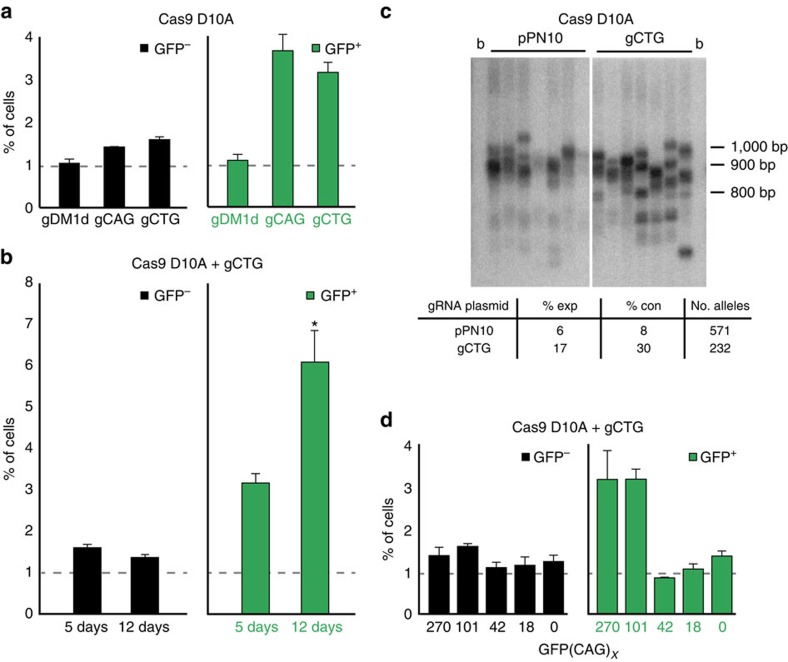Figure 2. The Cas9 nickase causes CAG repeat contraction.
(a) Quantification of the effect of Cas9 nickase expression in GFP(CAG)101 cells. Number of replicates per treatment: gCTG, n=37; gCAG, n=3; gDM1d, n=3. Quantification of gCTG experiments also include results from Cas9 nickase expression treated with DMSO and siRNAs against vimentin. Dashed line: dimmest (GFP–) or brightest (GFP+) 1% of the cells transfected with the Cas9 nickase vector and the empty gRNA plasmid. (b) Quantification of GFP– and GFP+ cells after 5 days (1 transfection) or 12 days (3 transfections) of expressing the Cas9 nickase along with gCTG in GFP(CAG)101 cells. Number of replicates per treatment: 5 days, n=37 (same as in a); 12 days, n=4 (*P=0.001, using a Wilcoxon U-test, compared with 5-day treatment). Dashed line: dimmest (GFP–) or brightest (GFP+) 1% of the cells transfected with the Cas9 nickase vector and the empty gRNA plasmid over the indicated period of time. (c) SP-PCR (top) and its quantification (bottom) of DNA isolated from GFP(CAG)101 cells after Cas9 nickase expression with or without gCTG (shown: 100 pg DNA per PCR) or pPN10 (50 pg DNA per PCR) for 12 days. b, no DNA blank. (d) The ability of the Cas9 nickase to induce contractions is repeat-length dependent. Dashed line: dimmest (GFP–) or brightest (GFP+) 1% of the cells transfected with the Cas9 nickase vector and the empty gRNA plasmid in the indicated cell line. For each cell line the 1% threshold is determined independently. The error bars are s.e.m. Number of replicates per treatment: GFP(CAG)270, n=3; GFP(CAG)101, n=37 (same as in a); GFP(CAG)42, n=3; GFP(CAG)18, n=2; GFP(CAG)0, n=13.

